
Our long national nightmare is over. Pittsburgh’s long local nightmare may just be beginning.
Aaron Rodgers ended the least-dramatic will-they won’t-they in recent NFL history this week by agreeing to sign with the Pittsburgh Steelers. There’s very little doubt that even an aging Rodgers is likely to perform better than Mason Rudolph or Will Howard this season, but the Rodgers of 2025 is a far cry from the MVP we saw as recently as 2021. While still a passible starter, Rodgers set career lows in passing DVOA and DYAR in 2024. In fact, his passing DVOA of -5.4% was lower than either Russell Wilson or Justin Fields put up in a Pittsburgh uniform last season, making you wonder if the Steelers didn’t just downgrade at the position. After all, reporting this week suggested that Rodgers was Pittsburgh’s third choice, behind Matthew Stafford and Fields – a fallback to the fallback plan.
One of Rodgers’ greatest strengths in his prime was his precision and accuracy. Even as he was aging gracefully in Green Bay, Rodgers ability to place the ball exactly where his receivers were expected to be was what kept him atop the league. In his twin MVP seasons in 2020 and 2021, Rodgers had a passing plus-minus of +44.4, second in the league. He was one of just three players to have at least a +15 in each season. That’s who the Jets thought they were getting, and that’s who the Steelers hope they’re getting in 2025. This makes looking at last year’s leaderboards all the more depressing, because Rodgers finished dead last in passing plus-minus in 2024.

Passing plus-minus is a stat we annually track to help provide context to completion percentage. Given the location of a quarterback’s passes, it compares his completion percentage in each area to historical baselines. This stat does not consider passes listed as “Thrown Away,” “Batted Down,” “Miscommunication,” “Hit in Motion” or “Quarterback Drops Ball” by FTN charting data. Metrics are based on how often a pass is completed based on the pass distance, the distance required for a first down, and whether the ball was thrown to the left, middle, or right side of the field. This is a counting stat, so more attempts are obviously a great thing for the purposes of what we’re talking about here. Our Completion Percentage Over Expectation (CPOE) numbers may differ from other models around the Internet.
Here’s the full table for 2024, ranking all 39 passers who qualified for our leaderboards.
| Player | Team | Pass | +/- | CPOE |
| Jared Goff | DET | 495 | 26.8 | 5.4% |
| Geno Smith | SEA | 531 | 23.3 | 4.4% |
| Jalen Hurts | PHI | 321 | 21.6 | 6.7% |
| Sam Darnold | MIN | 490 | 21.6 | 4.4% |
| Joe Burrow | CIN | 611 | 20.8 | 3.4% |
| Lamar Jackson | BAL | 430 | 19.3 | 4.5% |
| Kyler Murray | ARI | 500 | 13.7 | 2.7% |
| Baker Mayfield | TB | 543 | 12.2 | 2.2% |
| Jayden Daniels | WAS | 445 | 10.7 | 2.4% |
| Tua Tagovailoa | MIA | 379 | 10.3 | 2.7% |
| Kirk Cousins | ATL | 414 | 9.7 | 2.3% |
| Derek Carr | NO | 251 | 9.5 | 3.8% |
| Brock Purdy | SF | 420 | 7.1 | 1.7% |
| Russell Wilson | PIT | 290 | 7.0 | 2.4% |
| Drake Maye | NE | 305 | 4.9 | 1.6% |
| Gardner Minshew II | LV | 268 | 4.3 | 1.6% |
| Justin Herbert | LAC | 470 | 4.3 | 0.9% |
| Patrick Mahomes | KC | 526 | 4.1 | 0.8% |
| Mason Rudolph | TEN | 198 | 3.4 | 1.7% |
| Matthew Stafford | LAR | 475 | 1.8 | 0.4% |
| Player | Team | Pass | +/- | CPOE |
| Josh Allen | BUF | 440 | -0.1 | 0.0% |
| Joe Flacco | IND | 235 | -1.3 | -0.5% |
| Bo Nix | DEN | 524 | -2.2 | -0.4% |
| Mac Jones | JAX | 241 | -2.8 | -1.2% |
| Bryce Young | CAR | 346 | -3.6 | -1.1% |
| Jameis Winston | CLE | 272 | -4.3 | -1.6% |
| Jordan Love | GB | 390 | -4.7 | -1.2% |
| Aidan O’Connell | LV | 222 | -5.1 | -2.3% |
| Daniel Jones | NYG | 308 | -5.4 | -1.8% |
| Caleb Williams | CHI | 502 | -6.1 | -1.2% |
| Dak Prescott | DAL | 267 | -6.1 | -2.3% |
| Will Levis | TEN | 280 | -7.1 | -2.5% |
| C.J. Stroud | HOU | 486 | -7.6 | -1.6% |
| Deshaun Watson | CLE | 200 | -10.8 | -5.4% |
| Trevor Lawrence | JAX | 268 | -11.7 | -4.4% |
| Spencer Rattler | NO | 201 | -15.5 | -7.7% |
| Cooper Rush | DAL | 286 | -20.1 | -7.0% |
| Anthony Richardson Sr. | IND | 234 | -24.4 | -10.4% |
| Aaron Rodgers | NYJ | 549 | -30.5 | -5.6% |


Essentially, passing plus-minus tells us how many receptions were left on the field – how many fewer completions did a quarterback make than an average passer would have in the same situations. A -30.5 is rough, indicative of a quarterback simply not on the same page as any of his weapons. We’ve been tracking passing plus-minus since 2006, and Rodgers’ -30.5 is the fourth-worst score we’ve ever seen.
| Worst Passing Plus-Minus, 2006-2024 | |||||
| Year | Player | Team | Pass | +/- | CPOE |
| 2011 | Blaine Gabbert | JAX | 375 | -39.6 | -10.5% |
| 2021 | Zach Wilson | NYJ | 354 | -36.0 | -10.2% |
| 2006 | Brett Favre | GB | 576 | -35.5 | -6.2% |
| 2024 | Aaron Rodgers | NYJ | 549 | -30.5 | -5.6% |
| 2014 | Blake Bortles | JAX | 442 | -29.9 | -6.8% |
| 2008 | Derek Anderson | CLE | 257 | -28.6 | -11.1% |
| 2016 | Cam Newton | CAR | 463 | -28.3 | -6.1% |
| 2010 | Derek Anderson | ARI | 303 | -26.6 | -8.8% |
| 2009 | JaMarcus Russell | OAK | 225 | -26.0 | -11.6% |
| 2017 | DeShone Kizer | CLE | 430 | -25.8 | -6.0% |
| Year | Player | Team | Pass | +/- | CPOE |
| 2020 | Carson Wentz | PHI | 397 | -25.8 | -6.5% |
| 2020 | Drew Lock | DEN | 407 | -25.8 | -6.3% |
| 2008 | Tyler Thigpen | KC | 392 | -25.5 | -6.5% |
| 2018 | Josh Rosen | ARI | 351 | -25.4 | -7.2% |
| 2009 | Matthew Stafford | DET | 340 | -25.0 | -7.3% |
| 2024 | Anthony Richardson Sr. | IND | 234 | -24.4 | -10.4% |
| 2018 | Josh Allen | BUF | 291 | -24.3 | -8.3% |
| 2016 | Blake Bortles | JAX | 581 | -24.2 | -4.2% |
| 2021 | Trevor Lawrence | JAX | 548 | -23.4 | -4.3% |
| 2012 | Andrew Luck | IND | 570 | -23.4 | -4.1% |
To put up numbers this low, you’re basically talking about a situation where a quarterback is going to keep being trotted out there, come hell or high water. Nine of the 20 worst plus-minuses in our database come from rookie quarterbacks, where you’re expecting them to take some lumps as they adjust to NFL game speed. Several more of these quarterbacks were in their first season as a starter, often being forced into action because of injury. We are not talking, by and large, about a group of passers pegged to start because their team was expecting immediate high-quality play. The only three players on this list not in their first two seasons and with over 500 passes? Rodgers, Brett Favre and Blake Bortles.
It wasn’t a one-route or one-depth problem, either. Rodgers had a negative CPOE to all areas of the field: -4.1% on passes behind the line of scrimmage, -5.4% on passes of 1-9 air yards, and -6.7% on passes at least 10 yards downfield. He had a -7.6% CPOE with Nathaniel Hackett calling plays and a -4.6% mark with Todd Downing calling plays. He targeted 13 different receivers last season, and had a negative CPOE to each one. All that malarkey about Rodgers needing to bring in the guys he trusts? Rodgers had -6.6 plus-minus targeting Davante Adams and -3.5 targeting Allen Lazard, compared to -2.6 targeting Garrett Wilson. There’s not really a bright spot to be found here.
Is there hope that 2025 could be better? Absolutely. While getting another year older isn’t going to help a quarterback in his 40s, getting another year removed from the Achilles tear that ended his 2023 season could. There were points in 2024 where Rodgers looked hesitant in the pocket, not scanning the field with the same skill we’re used to seeing from him. It’s possible he was over-thinking things, and that with more time removed from his injury, he’ll be better prepared. We’ve also seen aging quarterbacks bounce back from poor CPOE seasons before. After Favre’s terrible 2006, he had a +45.1 plus-minus from 2007-2009, finding some more juice in an aging arm. One bad year is not a death sentence. Still, this is not exactly the sort of stat you’ll be super-excited to see if you’re a Steelers fan trying to talk yourself into the Aaron Rodgers experience in 2025.

Elsewhere, Anthony Richardson Sr. managed to make the all-time bottom 20 list despite missing six games – a 47.7% completion percentage will do that for you, even if you do nothing but launch deep shots all game long. Richardson’s -10.4% CPOE is the lowest for a quarterback with at least 200 attempts since Blaine Gabbert’s -10.5% back in 2011. It was the kind of inaccurate performance you just don’t see much anymore. Richardson’s CPOE on passes of double-digit air yards was also -10.4%, second worst in the league ahead of only Mac Jones. But Richardson was at his worst on short and intermediate routes, with his -12.9% CPOE there giving him a clear lead over second-worst Trevor Lawrence (-9.8%). Perhaps he wasn’t fully healthy, but that’s also not a great sign when he’s spending June, typically Best Shape of Their Life season, getting second opinions about his injured shoulder.
The Detroit Lions had both their best offensive and passing DVOAs in franchise history in 2024, and a lot of that can be credited to Jared Goff’s accuracy when given time. Goff’s CPOE jumped 4.3% from 2023, the second-largest jump of the year, as he topped both 15 plus-minus and a 3.0% CPOE for the first time in his career, leading the league with his 26.8 plus-minus. When not targeting Amon-Ra St. Brown, Goff was still good (+3.2% CPOE), but it was his connection with the Sun God that propelled him to the top of the leaderboard. We’ll talk about this a little more when we do receiving plus-minus later this month, but Goff-to-St. Brown had a +15.3 plus-minus. No other pairing had more than a +12.4.
Goff didn’t quite have the best improvement from 2023, however – that nod goes to Kyler Murray, who went from a CPOE of -1.7% in 2023 to +2.7% in 2024, just squeaking past Goff for that particular crown with a 4.5% improvement. He’s another potential point of optimism for Rodgers. Murray’s jump came in a large part because he was still recovering from his 2022 torn ACL. He wasn’t really fully comfortable or confident on his knee in his first year back. Murray’s -1.7% in 2023 is the only negative CPOE season of his career, with 2024 much more in his usual range. Injuries! They’re tough to deal with, even if you’re not in your 40s.
The most accurate passer in terms of rate was Jalen Hurts with a +6.7% CPOE. That jumps all the way to +8.1% if you remove Jahan Dotson’s 21 targets, reflecting both how comfortable Hurts was with the great duo of A.J. Brown and DeVonta Smith and just how much they could really use a reliable third receiver. While Hurts couldn’t quite catch Goff for the top of the plus-minus leaderboards this year, he is now in first place over the last three seasons combined, with his +56.6 ahead of Geno Smith’s +54.9 from 2022-2024. Hurts deservedly gets a lot of credit for his mobility and strength, but the dude has an arm, too. +6.7% is a career high for Hurts, but he’s now had three consecutive years of positive CPOE after starting his career fairly deep in the negatives.

And speaking of deep in the negatives, the biggest dropoff from last season belongs to Dak Prescott, who fell from a CPOE of +3.0% in 2023 to a career-worst -2.3% in 2024. Some of this comes from his season ending early. Prescott started off very slow but had a +4.5% after Dallas’ bye had him at least pointed in the right direction before his season was prematurely cut short by a hamstring injury. Not having a run game or a strong offensive line couldn’t have helped either, as much of the Cowboys’ early 2024 offense came down to asking Dak to make a play on third-and-long. Adding George Pickens gives Prescott a new weapon to work with, which could help with a rebound year in 2025, though just how far the offense actually can improve under Brian Schottenheimer remains an open question.





























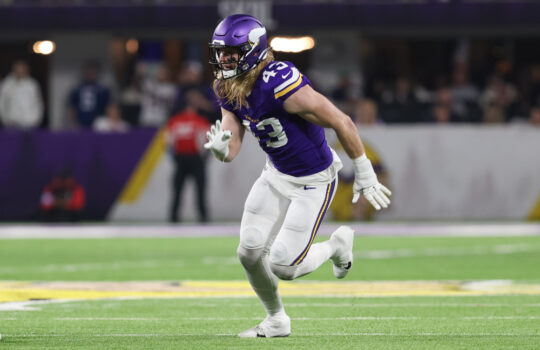



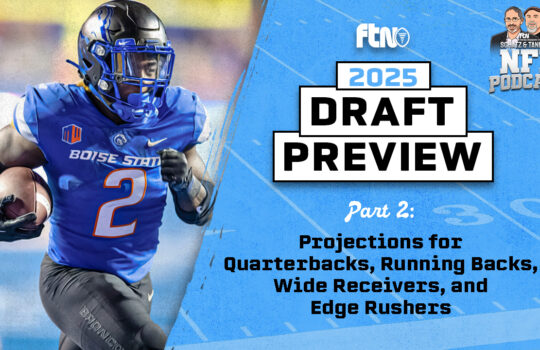

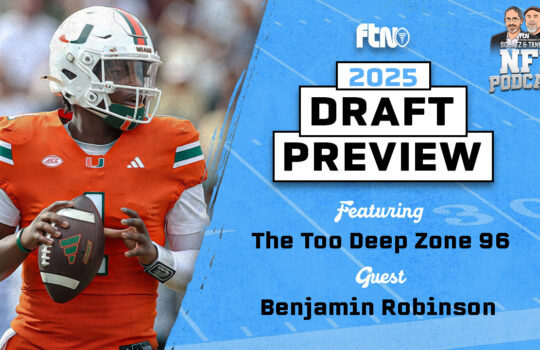
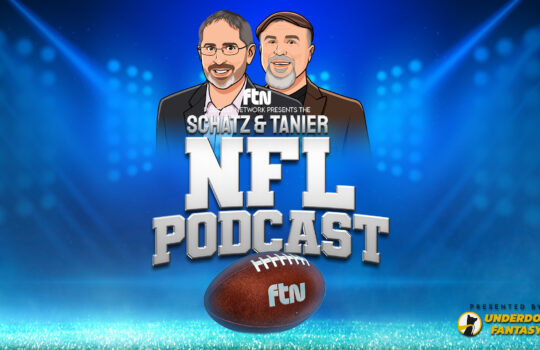








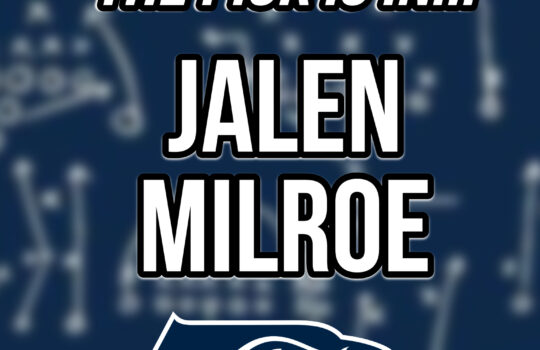




 New York Jets
New York Jets  New England Patriots
New England Patriots  Miami Dolphins
Miami Dolphins  Buffalo Bills
Buffalo Bills  Pittsburgh Steelers
Pittsburgh Steelers  Cleveland Browns
Cleveland Browns  Cincinnati Bengals
Cincinnati Bengals  Baltimore Ravens
Baltimore Ravens 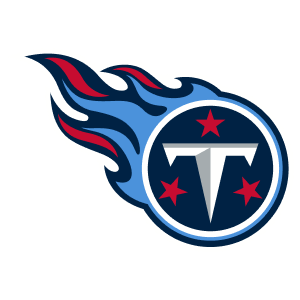 Tennessee Titans
Tennessee Titans  Jacksonville Jaguars
Jacksonville Jaguars  Indianapolis Colts
Indianapolis Colts  Houston Texans
Houston Texans  Las Vegas Raiders
Las Vegas Raiders  Los Angeles Chargers
Los Angeles Chargers  Kansas City Chiefs
Kansas City Chiefs  Denver Broncos
Denver Broncos  Washington Commanders
Washington Commanders  Philadelphia Eagles
Philadelphia Eagles  New York Giants
New York Giants  Dallas Cowboys
Dallas Cowboys  Minnesota Vikings
Minnesota Vikings  Green Bay Packers
Green Bay Packers 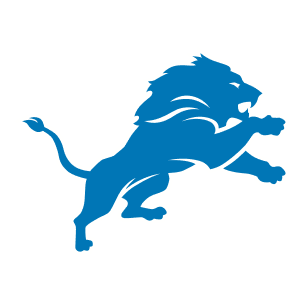 Detroit Lions
Detroit Lions 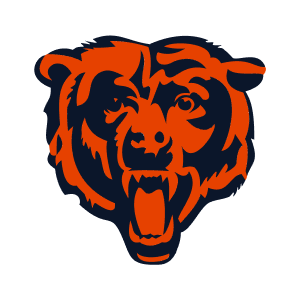 Chicago Bears
Chicago Bears  Tampa Bay Buccaneers
Tampa Bay Buccaneers  New Orleans Saints
New Orleans Saints 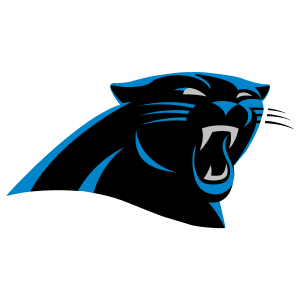 Carolina Panthers
Carolina Panthers 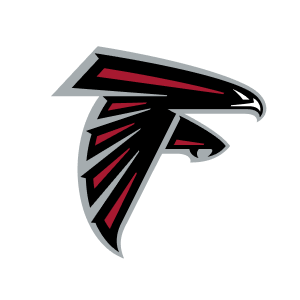 Atlanta Falcons
Atlanta Falcons  San Francisco 49ers
San Francisco 49ers  Seattle Seahawks
Seattle Seahawks  Los Angeles Rams
Los Angeles Rams 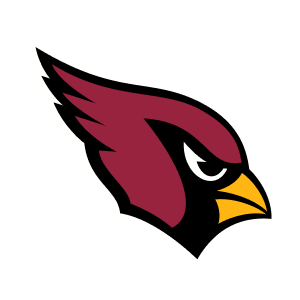 Arizona Cardinals
Arizona Cardinals 








 Boston Celtics
Boston Celtics  Brooklyn Nets
Brooklyn Nets  Philadelphia 76ers
Philadelphia 76ers  New York Knicks
New York Knicks  Toronto Raptors
Toronto Raptors  Chicago Bulls
Chicago Bulls  Detroit Pistons
Detroit Pistons  Milwaukee Bucks
Milwaukee Bucks  Cleveland Cavaliers
Cleveland Cavaliers  Indiana Pacers
Indiana Pacers  Orlando Magic
Orlando Magic 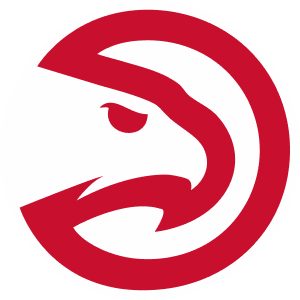 Atlanta Hawks
Atlanta Hawks  Charlotte Hornets
Charlotte Hornets  Miami Heat
Miami Heat  Washington Wizards
Washington Wizards  Denver Nuggets
Denver Nuggets  Minnesota Timberwolves
Minnesota Timberwolves  Oklahoma City Thunder
Oklahoma City Thunder  Portland Trail Blazers
Portland Trail Blazers  Utah Jazz
Utah Jazz  LA Clippers
LA Clippers  Golden State Warriors
Golden State Warriors  Los Angeles Lakers
Los Angeles Lakers  Phoenix Suns
Phoenix Suns  Sacramento Kings
Sacramento Kings  Dallas Mavericks
Dallas Mavericks  Houston Rockets
Houston Rockets  Memphis Grizzlies
Memphis Grizzlies  New Orleans Pelicans
New Orleans Pelicans  San Antonio Spurs
San Antonio Spurs 










